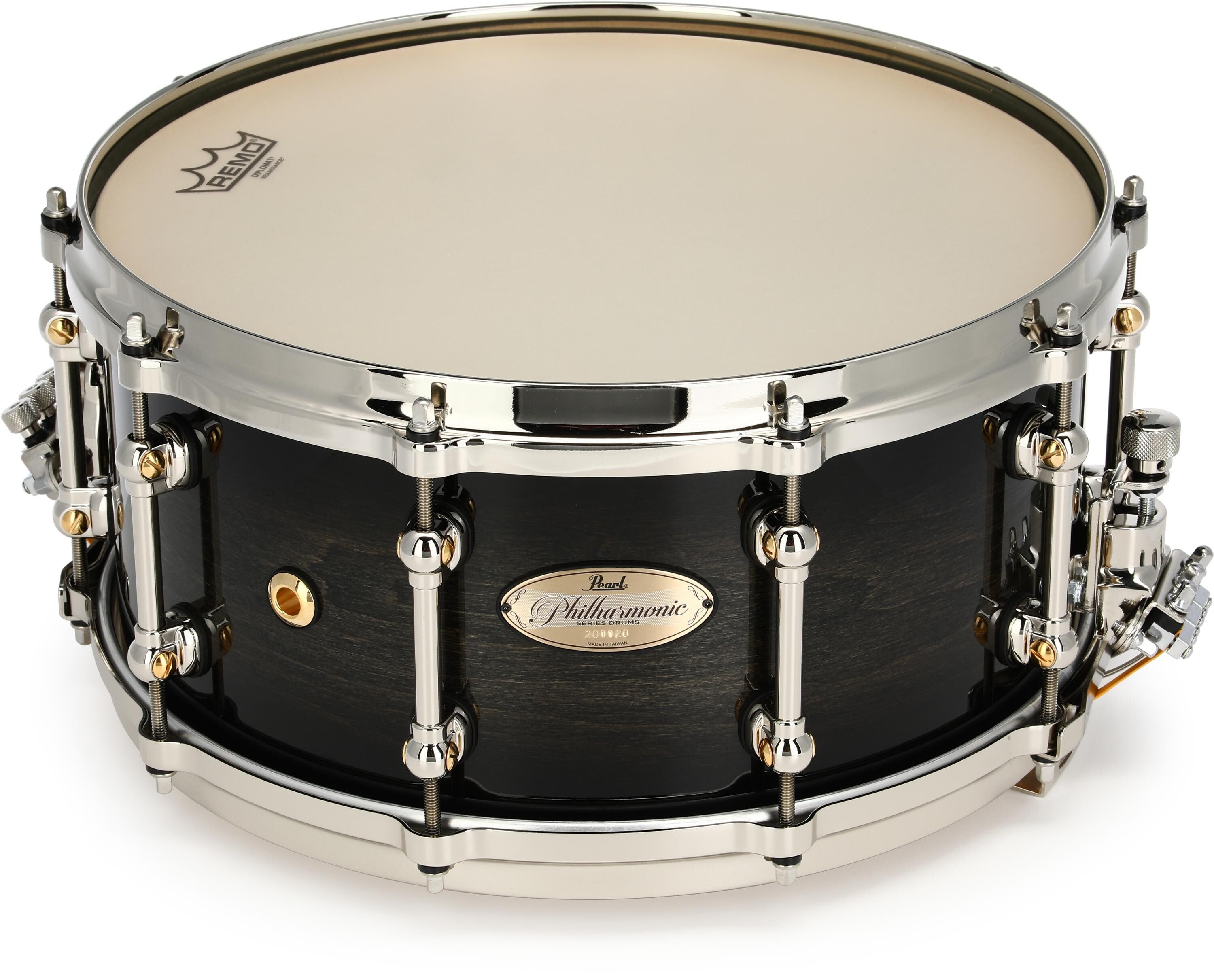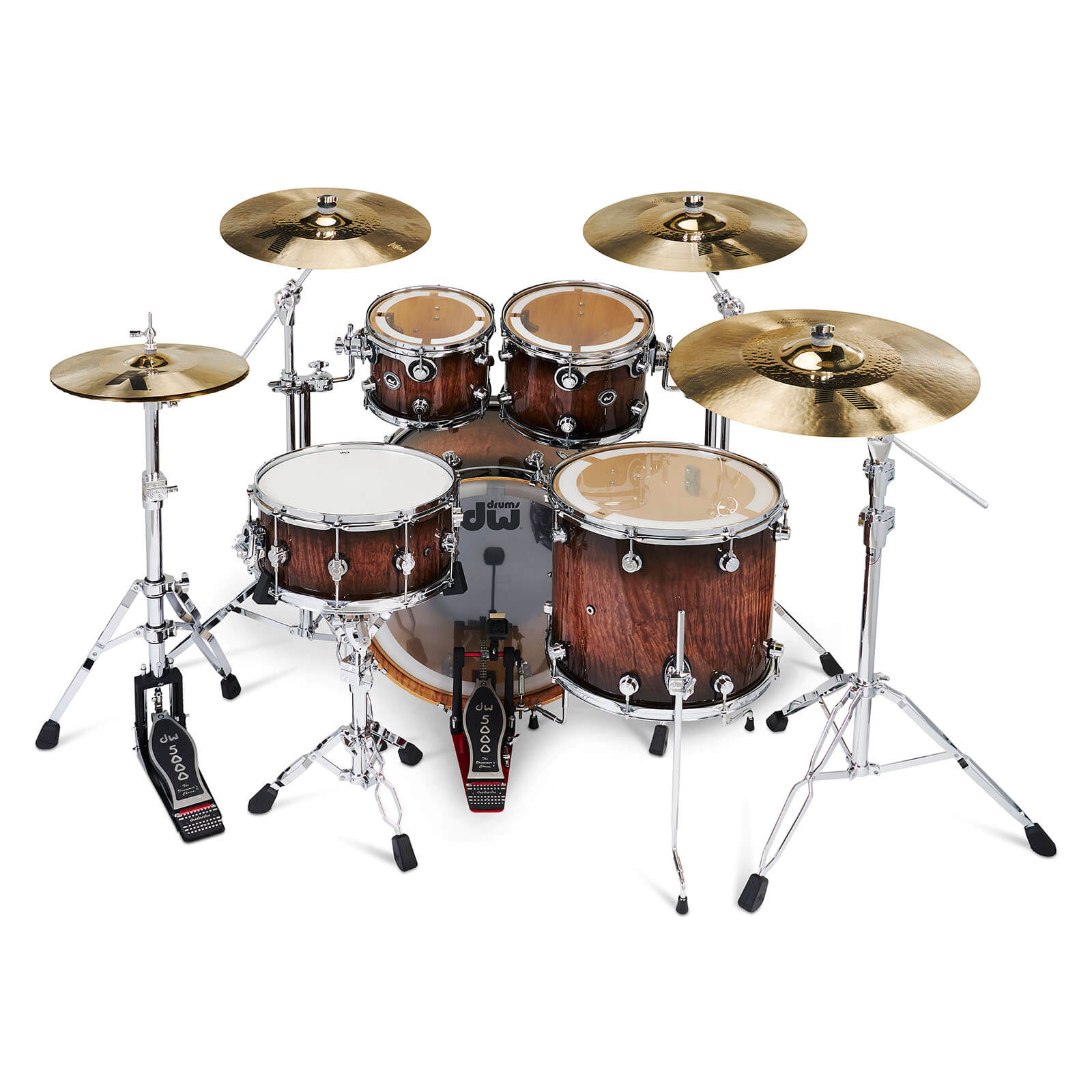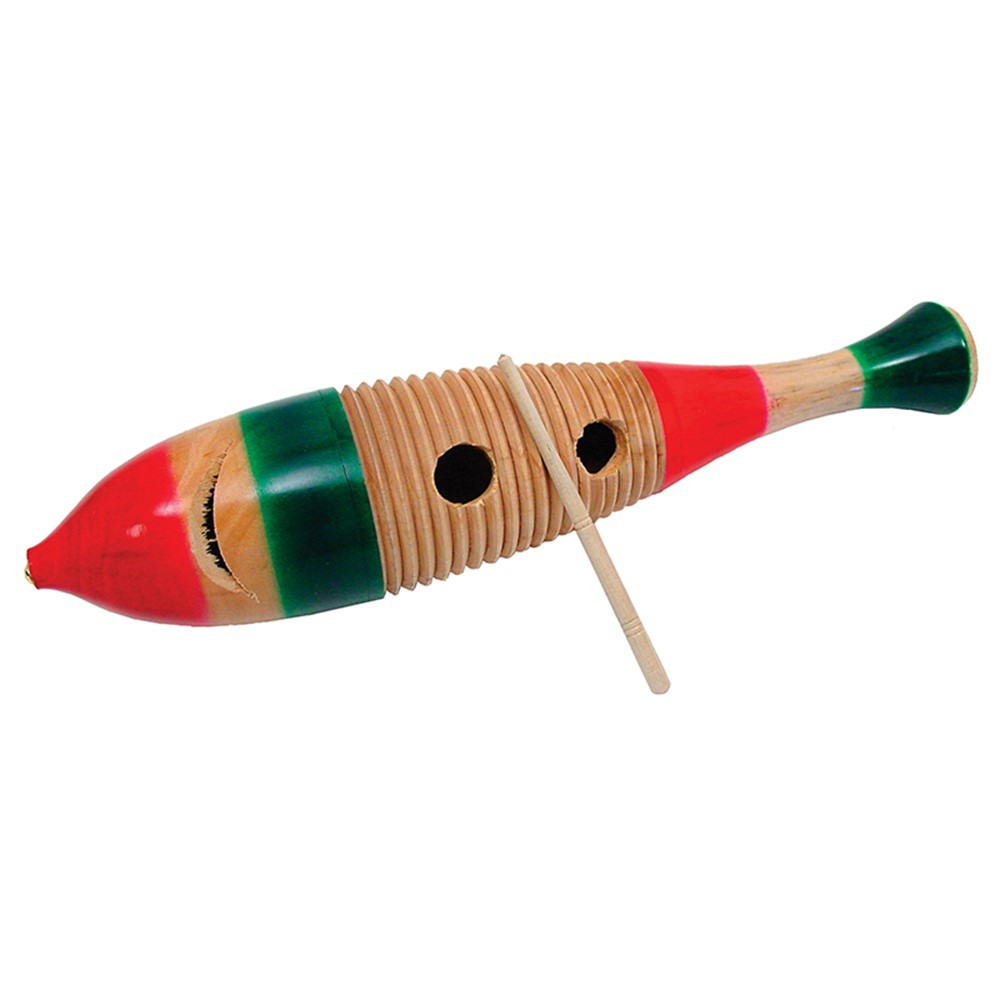Percussion

Definition:
Musical instruments played by striking with the hand or with a handheld or pedal-operated stick or beater, or by shaking, including drums, cymbals, xylophones, gongs, bells, and rattles.
Most common percussion instruments:
- Snare Drum
A small drum in the form of a short cylinder with a membrane at each end, the upper one being struck with hard sticks and the lower one fitted with snares. It originated in military use.

- Xylophone
A musical instrument played by striking a row of wooden bars of graduated length with one or more small wooden or plastic mallets.

- Marimba
A musical instrument in the percussion family that consists of wooden bars that are struck by mallets. Below each bar is a resonator pipe that amplifies particular harmonics of its sound.

- Timpani
A type of drum categorised as a hemispherical drum, they consist of a membrane called a head stretched over a large bowl traditionally made of copper.

- Triangle
A metal instrument bent into a triangle shape with one open end. It's usually held by a loop of some form of thread or wire at the top curve and produces a plurality of overtones when struck with an appropriate beater.

- Tambourine
An instrument that has a frame, often of wood or plastic, with pairs of small metal jingles, called "zills". They can be held in the hand and played by tapping, hitting, or shaking the instrument.

- Drumset
A set of drums, cymbals, and other percussion instruments, used with drumsticks in jazz and popular music. The most basic components are a foot-operated bass drum, a snare drum, a suspended cymbal, and one or more tom-toms.

Percussion instruments from around the world:
- Congas
The conga, also known as tumbadora, is a tall, narrow, single-headed drum from Cuba. They are shaped like barrels and are played with your hands.

- Bongos
Bongos are an Afro-Cuban percussion instrument consisting of a pair of small open bottomed hand drums of different sizes. They are played with both hands and usually held between the legs, although in some cases, they may also be played with sticks or mounted on stands.

- Guiro
A percussion instrument with a serrated surface that gives a rasping sound when scraped with a stick. It was originally made from an elongated gourd and is used frequently in Latin American music.

- Cajon
The cajon is a box-shaped percussion instrument originally from Peru. It is played by slapping the front or rear faces (generally thin plywood) with the hands or fingers. Cajones are primarily played in Afro-Peruvian music, flamenco, and other Latin American music

- Djmebe
A djembe or jembe is a rope-tuned skin-covered goblet drum played with bare hands, originally from West Africa. The name of the djembe comes from the saying "Anke djé, anke bé" which translates to "everyone gather together in peace" and defines the drum's purpose.

- Repinique
A repinique is a two-headed drum from Brazil that is used in samba baterias. It is often played with the hand or stick and is tuned very high to produce a sound that cuts through the sound of the rest of the bateria. It's used to alert the percussion section of rhythmic changes with chamadas (calls).

- Surdo
The surdo is a large bass drum used in many kinds of Brazilian music where it plays the lower parts from a percussion section. They are worn from a waist belt or shoulder strap, oriented with the heads roughly horizontal. The bottom head is not played and they are played with hard or soft mallets.















